|
||
|
The urban exploration scene has settled into a predictable pattern. An apologetic opening paragraph offers a potted history of the location (usually quoted verbatim from another source) followed by several "arty" photographs of dereliction and a link to a further hosting site where the remaining "arty" photographs have been dumped. For popular locations, the opening paragraph becomes optional; as it’s assumed we've gained the full information from a previous report. This simply doesn’t interest me. The location’s history is extremely important, the photographs (both external and internal) should be labelled and there’s another story which is often missed: the actual story of how the pictures were taken in the first place. This section of the website appeared from the start on urbex|uk as I knew there was more to say about some places. So whilst the "explorations" section fulfils the last criteria (the sheer drama involved taking these pictures), "in depth" takes a look at the history and offers a logically ordered collection of pictures of these buildings.
|
||

|
lunatic asylum: cane hill mental hospital
The Cult Of Cane Hill My visits bookended this unlikely history. From my earliest sorjourn into a mysterious building to the final mad dashes to capture images before permanent erasure by the wrecking ball, I was part of this insane infatuation with this complex of dilapidated buildings; what I call the Cult of Cane Hill. Most of the buildings have gone. What remains are the stories, the pictures and the growing legend. And this section of the website documents what I discovered, forms an archive of images and historical information, and, finally, tries to analyse what was going on in the final years of Cane Hill.
|
|
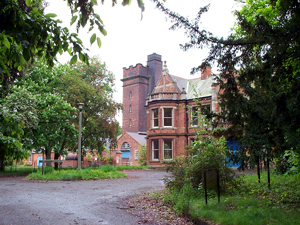
|
lunatic asylum: rauceby mental hospital
Rauceby Virtual Asylum My initial plan was to photograph Cane Hill in such a matter, but the ever increasing security and succession of unsympathetic, unenthusiastic and unimaginative owners made such a project completely unfeasible. Add to the mix the ever increasing security and it became impossible. I realised my ambition at Rauceby instead. The asylum was relatively unguarded, access was easier and the owners amenable to exterior and interior photography. I’d also unwittingly picked a suitable candidate for my study. It was designed by G.T. Hine, the most famous, and one of the most prolific asylum architects in the UK. Rauceby was an excellent example of one of his medium-sized echelon asylums built during the mid-point of his career. The buildings have now been mostly demolished and what is presented here is my entire collection of pictures, maps, documents and plans. One day I’ll return to these and start to rebuild the asylum virtually.
|
|
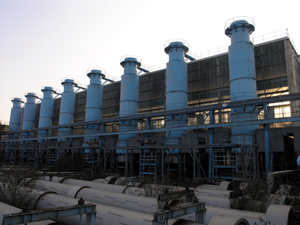
|
industrial: pyestock
Pyestock |
|
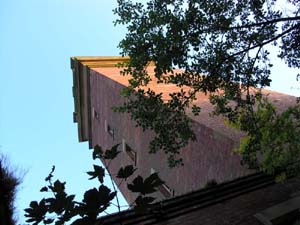
|
lunatic asylum: hellingly hospital
Hellingly Hospital In the coming months, pictures of the buildings will gradually be uploaded along with the historical record of Hellingly Hospital.
|
|

|
lunatic asylum: warley mental hospital
Warley Did any of these prospective purchasers look a little closer into these old buildings? If they had, perhaps they’d read the account of the future MP for the area: as a schoolchild, full of fear, he used to run past the gates to the buildings as they’d garnered such reputation and were the subject of much superstition. We spent an afternoon in the oldest part of these buildings before conversion started. The photographs taken that day are probably the last record of Warley Mental Hospital before it was converted and the developers tried to erase as much of its history as possible.
|
|
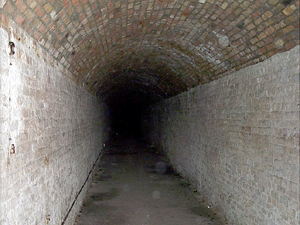
|
second world war: deep shelter number four
Deep Shelter Number Four (Cane Hill Bunker) The stories of these neglected tunnels became ever more fanciful and frightful: nuclear bomb shelters, Cane Hill mortuary or secret medical testing facility were all banded about with equal seriousness. I was contacted by Lawrence whose father worked in these tunnels and a trip was arranged. Not only did we explore the tunnel system and dispelled some of the more fanciful rumours, but Lawrence had documentation, plans and various diagrams of tunnels at different stages of their history. Therefore it made sense to collate it all in one place.
|
|
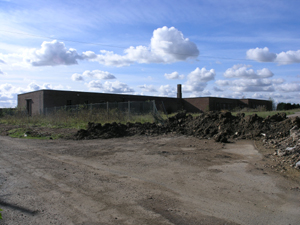
|
cold war: raf wyton photographic factory
RAF Wyton Photographic Factory
|
|



